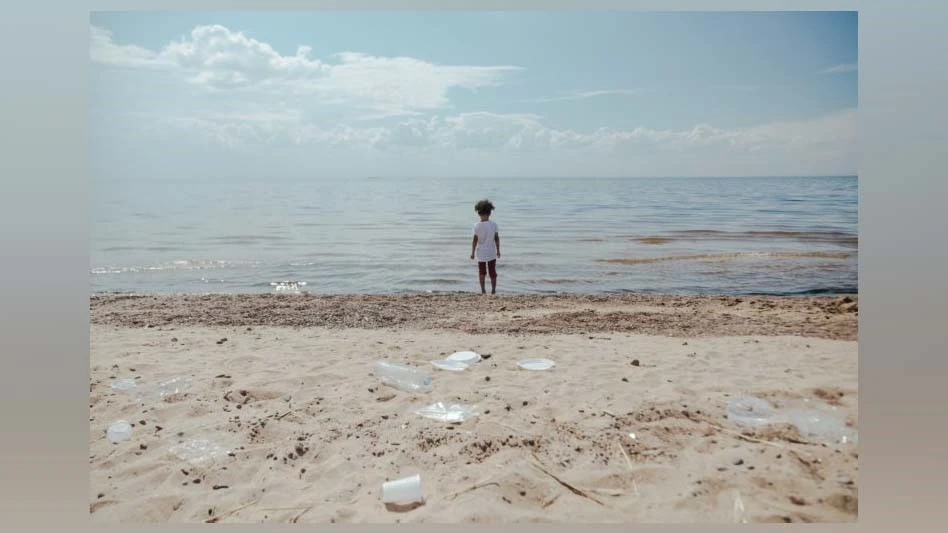
Photo courtesy Recycling Resource Systems
The Council of the Great Lakes Region (CGLR), Ottawa, Ontario, has released its Circular Economy Strategy and Action Plan, a five-year plan creating a roadmap for a future without plastic waste.
The plan was developed as part of its Great Lakes Initiative with research and advice from Resource Recycling Systems (RRS), Ann Arbor, Michigan.
According to a news release from RRS, about 5 million pieces of plastic were collected along the Great Lakes shoreline between 2015 and 2020 based on a gap analysis RRS performed to help develop the plan.
“Eighty percent of the region’s postconsumer [material] is lost to landfills, including valuable films, flexible plastics or worse, [and] it’s ending up in our environment as litter and plastic pollution in the Great Lakes,” says Mark Fisher, president and CEO of CGLR. “Circular Great Lakes is a united effort between industry, government, academia and the nonprofit sector to pursue the circular economy priorities, projects and systems changes demanded by consumers and required to achieve a future without material waste.”
The study is based on the region’s performance in six areas, including collection, processing, end markets, education and engagement, supporting policies and public-private funding. It also used data and insights from more than 20 multisector and multistakeholder groups that represented business, government, academia and the nonprofit sector.
The report found a lack of access to drop-off sites for communities and transparency and tracking for plastics. It also revealed that several material recovery facilities (MRFs) are not equipped to sort emerging plastic packaging due to aging equipment, lack of investment and poor economies of scale, among other issues.
The analysis of material management best practices found that to achieve the U.S. EPA’s national recycling rate of 50 percent in the region, an additional 3 million tons of plastics with a commodity value of more than $400 million must be recovered and recycled. This requires 60 percent more processing capacity and a stable and scalable marketplace across the region.
The action plan's goal is to provide a roadmap for pursuing the policy, consumer behavior changes, investments in collection, processing expansion and end market development necessary to accelerate the transition to a regional circular economy. It focuses on three priorities:
clean up and end plastic litter and pollution;
accelerate the development of the flexible plastic packaging recycling supply chains and markets; and
achieve a step change in plastics recycling with technology, policy and education.
“The RRS team is proud to work with CGLR through its Circular Great Lakes initiative to transform the way plastic [material] is currently managed in the Great Lakes region,” says Susan Graff, vice president of global corporate sustainability at RRS. “The plan details practical steps to capture more of today’s most prevalent forms of packaging for new product manufacture locally in the U.S. and Canada. From our work with the paper industry to achieve high recycling rates for their material, we know private-public partnership is critical to success.”
The bi-national Great Lakes region includes eight U.S. states, from New York to Minnesota, and the Canadian provinces of Ontario and Québec. The CGLR says the area is the engine of the North American economy, driving more than 50 percent of annual goods trade between the two countries and supporting some 51 million jobs or roughly one-third of the combined American and Canadian workforce.
To learn more about this initiative, click here.
Latest from Recycling Today
- BMW Group, Encory launch 'direct recycling’ of batteries
- Loom Carbon, RTI International partner to scale textile recycling technology
- Goodwill Industries of West Michigan, American Glass Mosaics partner to divert glass from landfill
- CARI forms federal advocacy partnership
- Monthly packaging papers shipments down in November
- STEEL Act aims to enhance trade enforcement to prevent dumping of steel in the US
- San Francisco schools introduce compostable lunch trays
- Aduro graduates from Shell GameChanger program





